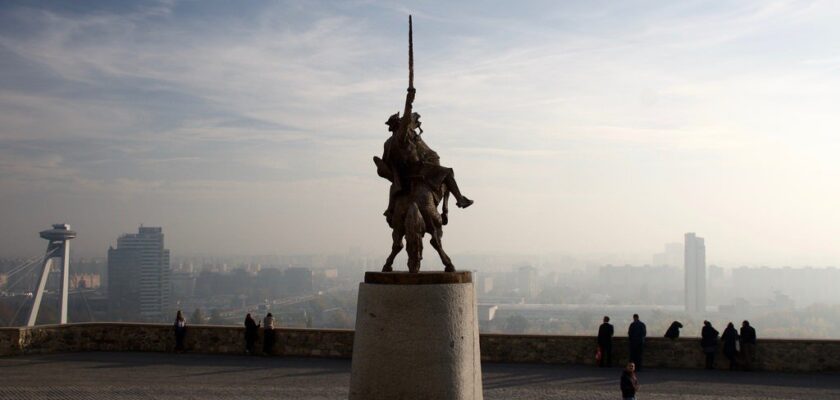Bratislava Castle (Bratislavský hrad)
Bratislava Castle, the monumental castle in Slovakia’s capital, is not just the most famous attraction of the ancient city that stretches along both banks of the Danube in the picturesque foothills of the Lesser Carpathians. Its majestic snow-white silhouette is visible from almost any point in Bratislava, and it is called a symbol of Slovak history, chronicling over a thousand years.
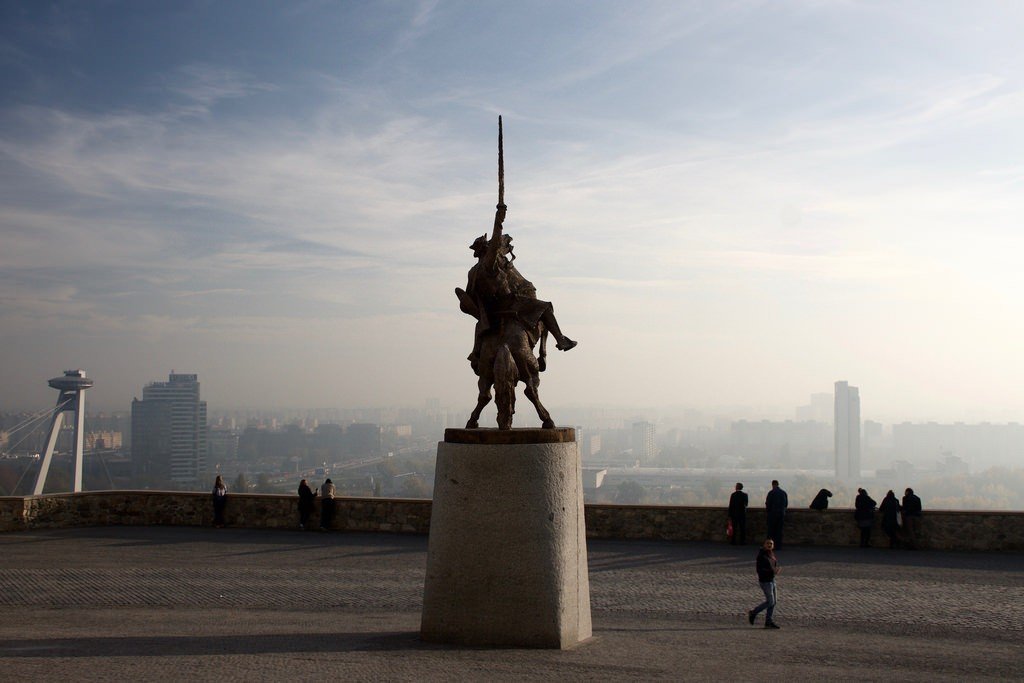
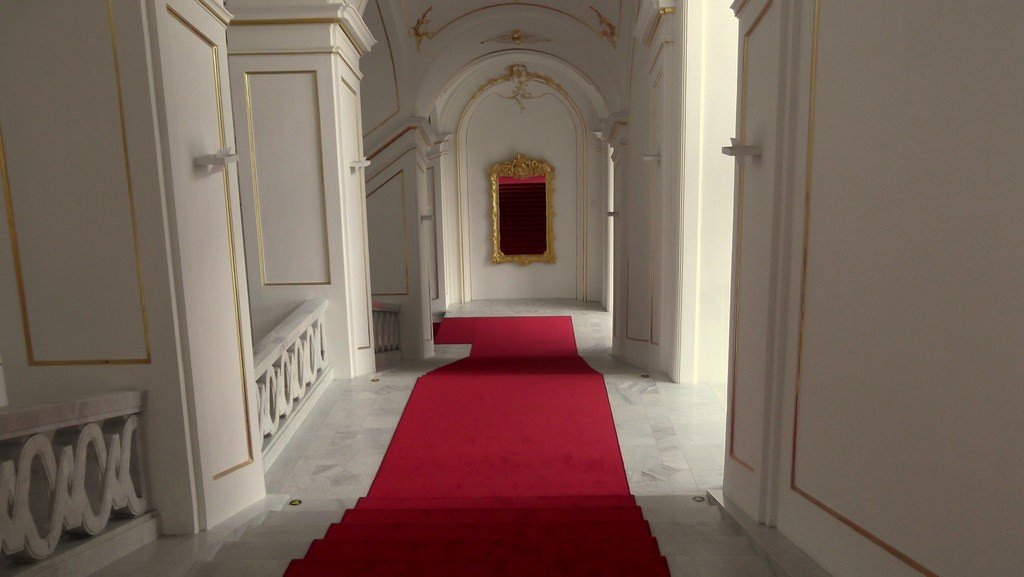
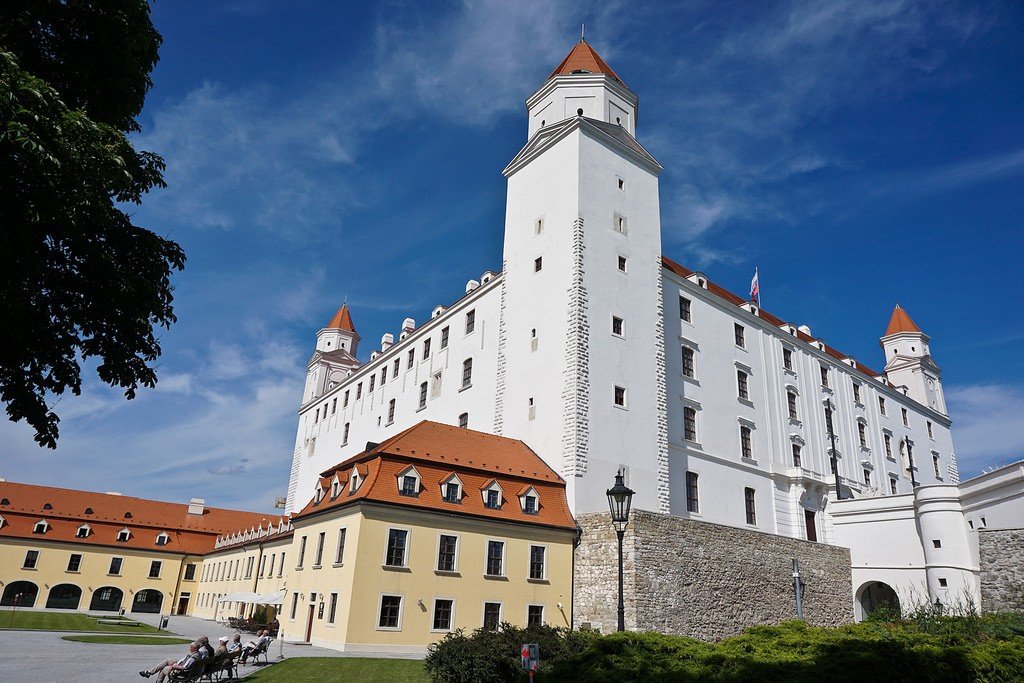
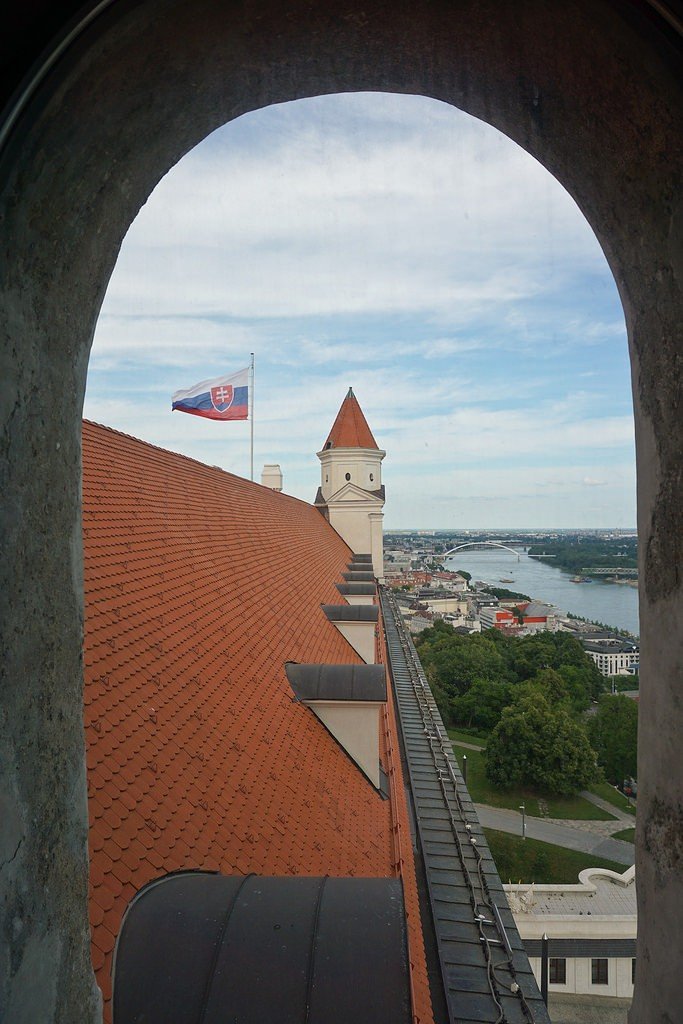
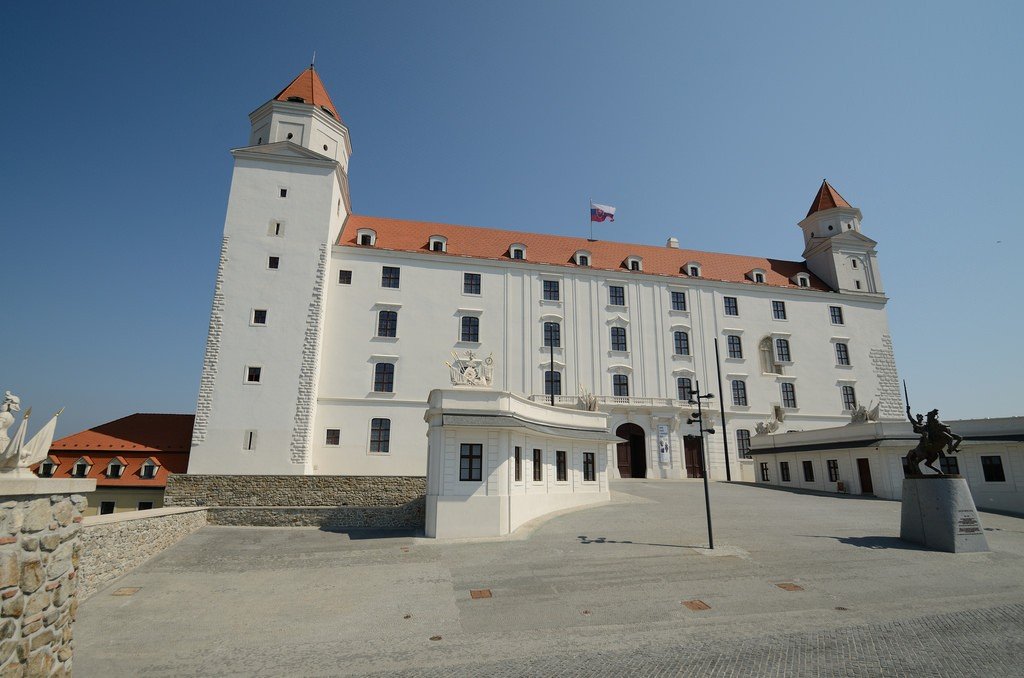
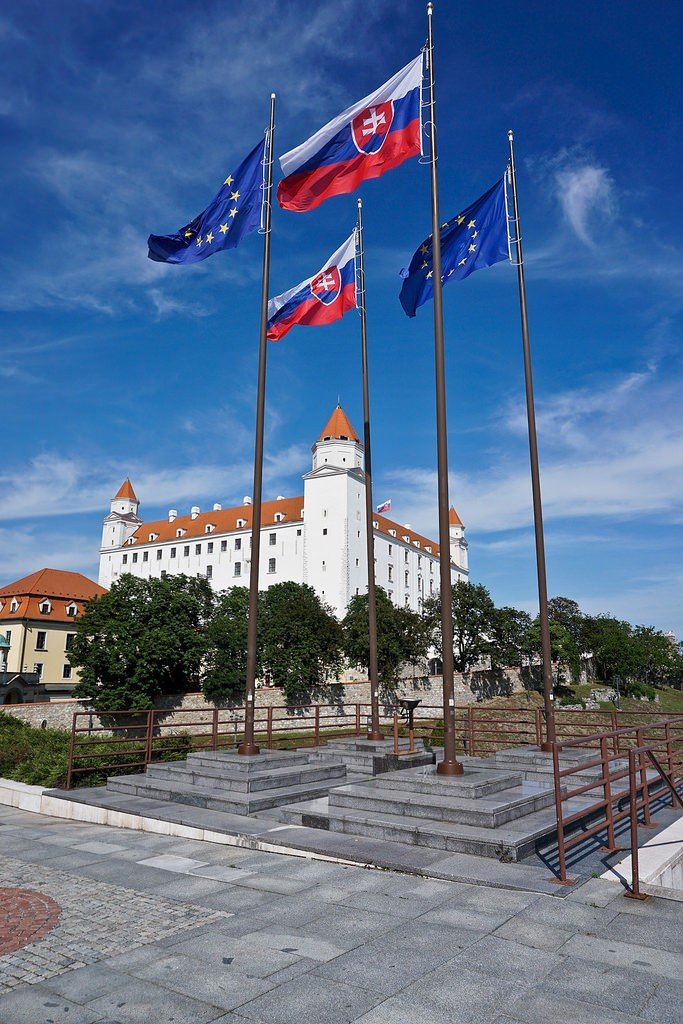
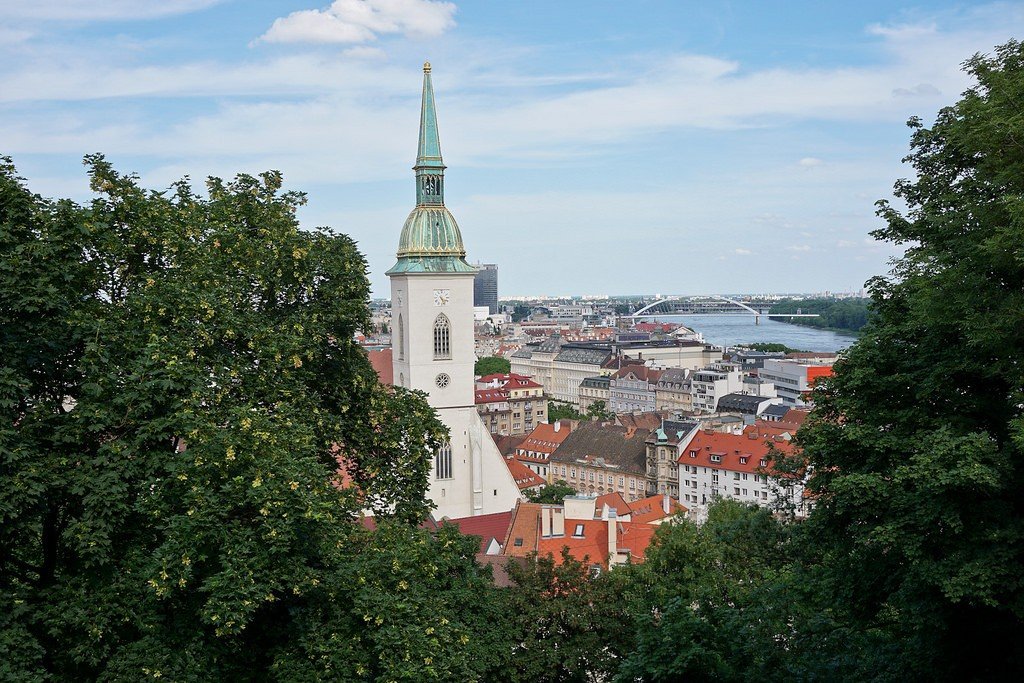
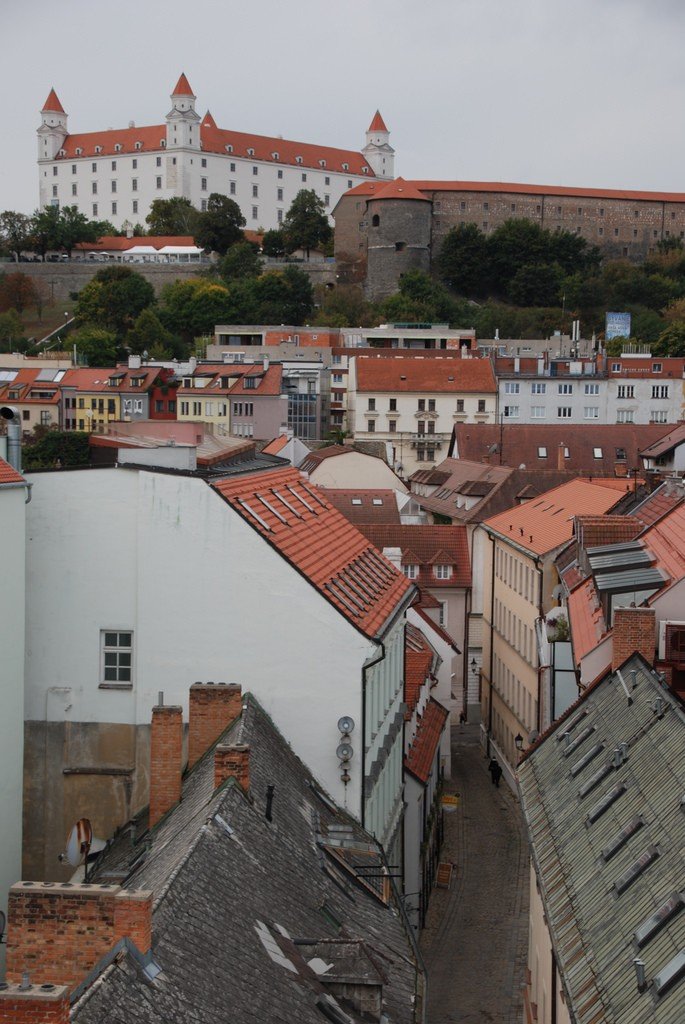
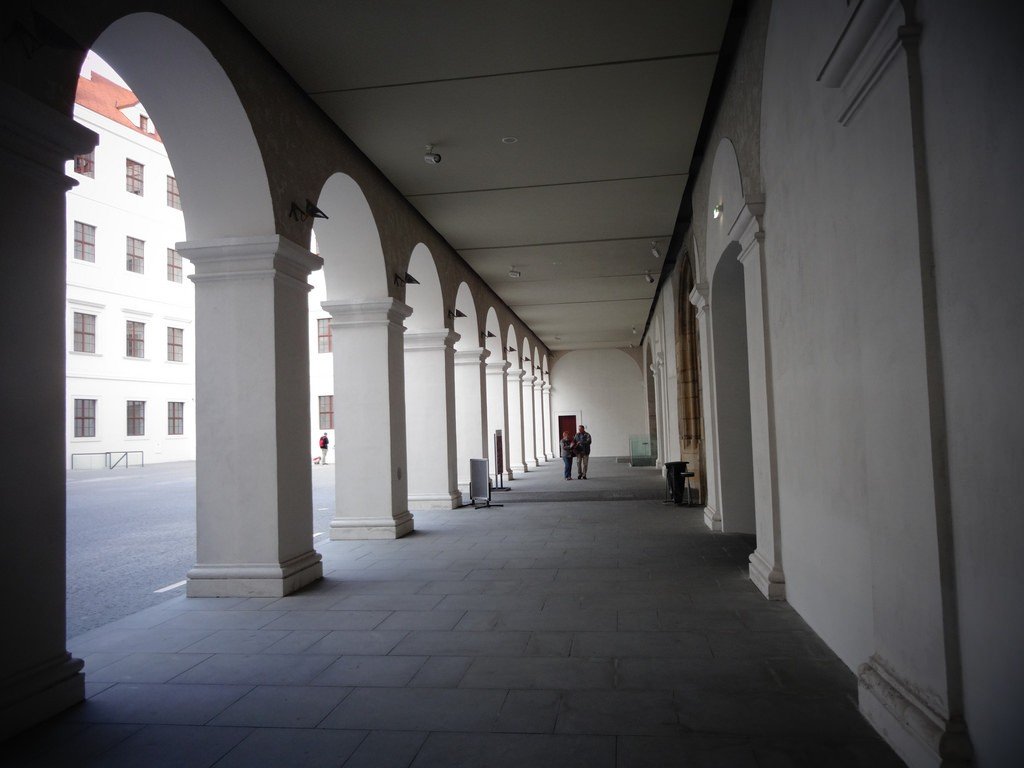
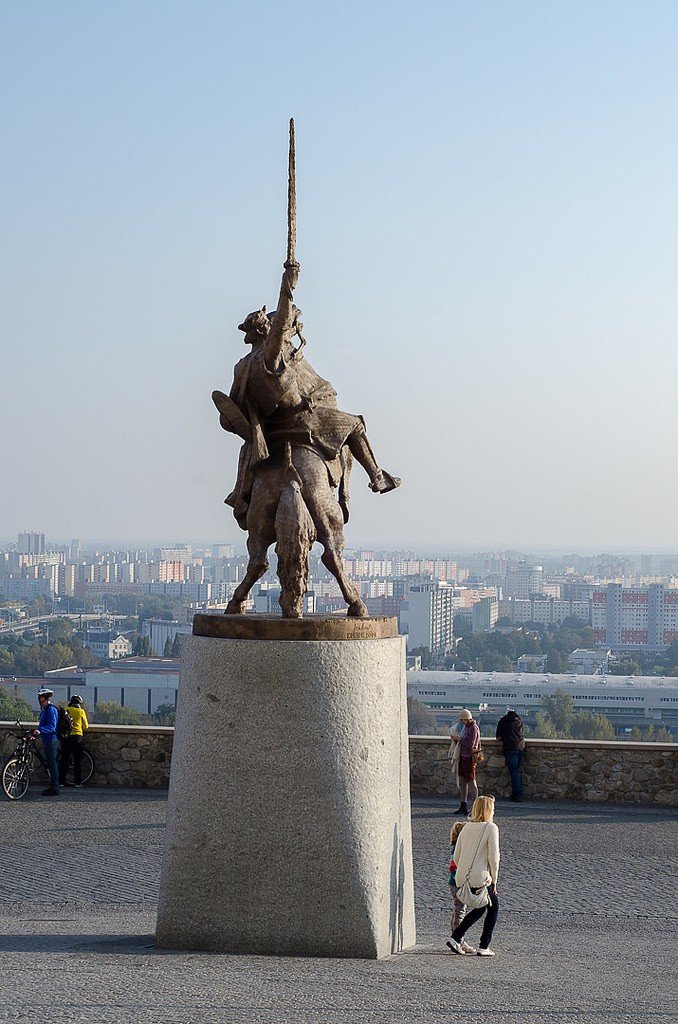
Video: Bratislava Castle
ContentsHighlights
Being one of the main dominants of the capital metropolis, this massive quadrangular structure invariably attracts the attention of tourists. Everything about Bratislava Castle is of interest, from its location and architectural features to its past, the pages of which are rich in events, sometimes tragic. And there is also a delightful panorama from here: the city and the surrounding area can be seen as if in the palm of your hand!
.In 1961, Bratislava Castle was included in the List of National Cultural Monuments of Slovakia, ranking first. Subsequently, seventy-one other objects were included in this list, but this castle complex was and remains the first in it. Inspecting its beauty, admiring the precision of lines, external rigor and unique interior decoration, it is even difficult to imagine that such a monumental structure was literally recreated from the ruins, and relatively recently – in the second half of the last century.
.History
Bratislava Castle is rightfully called the main monument of the country, its calling card. The imposing castle complex, located at a height of 85 meters on a hill above the left bank of the Danube, literally towers over the city. Small and compact Bratislava sits at its foot as if in adoration. Today it is quiet and peaceful, but once there were turbulent and sometimes tragic events, and if the castle walls could talk, they would tell us a lot of interesting things.
If we move to the third millennium BC, we will see that the castle hill was not empty even then. There was an acropolis in this place, which became famous during the Celtic era. In Roman times, it was replaced by a border fortification, which is not surprising, because the border of the mighty empire was just along the Danube River. As we know it today, Bratislava Castle dates back to the Nitran Principality, which emerged in the ninth century and by the beginning of the next century occupied almost the entire territory of present-day Slovakia.
The earliest written mention of Bratislava Castle dates back to 907 and is contained in the Salzburg Annals, a small work in Latin that tells mainly about the history of the Kingdom of the Franks and the Holy Roman Empire. The era of the ancient principality is also immortalized in the remains of a basilica from that time, which archaeologists discovered on the eastern side of the terrace. Another mention of the majestic castle is found in written sources about Bratislava itself, which date back to the same year 907.
.Although, strictly speaking, at that time Bratislava Castle was not yet a castle in the classical sense, having become one only in the Middle Ages as a result of numerous rebuildings and additions. Hungarian kings were even crowned here, not to mention the fact that this building was of strategic importance for medieval Hungary as a fortified border fortress. Bratislava Castle is also known as the place where one of the most revered Catholic saints, Elizabeth of Hungary, a princess of the Arpad dynasty who was the daughter of King András II, was born in 1207.
.A turning point in the history of the hallmark of modern Slovakia was the year 1427. The then Holy Roman Emperor Sigismund I of Luxembourg undertook a radical reconstruction of the fortress, as a result of which Bratislava Castle acquired roughly the appearance it has today. Thanks to the efforts of this ruler, the last of the Luxemburg dynasty, a luxurious two-story palace was built. Some artifacts that have survived to this day, namely the remains of the vaults and windows, testify to the former wealth.
.The years 1552 and 1639 were marked by another reconstruction of the castle complex, with the involvement of Italian specialists, who willingly or unwillingly introduced elements of their culture into its appearance. The castle underwent a new reconstruction, this time changing its function, in 1750-1760. The result of painstaking labor of outstanding architects from Austria, Italy and France was its transformation into the royal court of the Habsburg dynasty. Literally everything was reorganized, and first of all the rooms. Originally very spacious, intended for military equipment, they became very compact, and the place of guns and shells here took French-style gardens, orangeries and terraces. The monarch’s residence in Bratislava was now in no way inferior in splendor and luxury to other royal courts of Europe, making them worthy competition.
.
However, the “golden age” of Bratislava Castle did not last long by historical standards. Since the end of the XVIII century, the castle began to fall into a noticeable decline, here – apparently to keep it empty – opened a Catholic educational center and theological seminary. And in 1811 the grandiose building was burned down by drunken soldiers. After that there was an era of complete oblivion, which lasted about 150 years. The castle during these years was in a deplorable state, and that’s putting it mildly. In 1953, the Czechoslovak authorities undertook a thorough restoration of the historical and architectural monument. The large-scale reconstruction lasted until 1968. But the result of fifteen years of effort was worth it: the castle regained its original appearance – the one it had before the advent of religious schools..
Bratislava Castle: Today
The dominant feature of the entire architectural ensemble is the majestic palace building, equipped with four towers. The largest of them, emphasizing its silhouette, is located on the southwestern side. It is called the Coronation Tower. It was built in the 13th century and now houses the treasury. Opposite the palace is an elegant sculpture of St. Elizabeth of Hungary. The daughter of András II was known for her kindness to all who suffer, and is depicted holding an armful of roses and giving bread to a beggar.
.The Corvinus Gate on the south side is also very well preserved. Not to mention the facades and spans: historians unanimously rank them among the best examples of Slovak architecture from the Late Gothic period. The Leopold’s Gate, on the other hand, appeared here already in the Renaissance – at the same time as the fortification equipped with a bastion. The glazed bay window on the eastern side of the building takes us back to Baroque times. Unfortunately, many of the buildings on the territory of Bratislava Castle have not survived to this day. But the places where they were located have special markings as a kind of reminder. Among the non-preserved structures we would like to name the Great Moravian Basilica, dating back to the 9th century, and the Church of the Savior, built in the 11th century.
.The interior, its layout is a surprisingly harmonious combination of styles from different eras. The bay window and the knight’s task became the embodiment of the so-called Sigismundian Gothic. Solemn staircases, which occupied not only the lobby but also a whole wing of the castle, additionally emphasized the grandeur of the castle and its high official status: the monarchs used them to welcome important guests. The floral ornaments decorating the walls of the bay window recall the Renaissance period. The richly painted vaults in the southeastern part of the palace bear witness to the same era.
.
Nearby is the building of the National Council of the Slovak Republic, the highest representative and legislative body of the country. Its close proximity to the parliament allows the latter to often use Bratislava Castle, namely the first floor, for its representative needs. It was in its Federal Hall that the two republics – Slovakia and the Czech Republic – signed the law on a federal state in October 1968. This and other rooms, within whose walls history was made, are now decorated with works by outstanding masters of contemporary Slovak art..
Bratislava Castle is also home to the Slovak Historical Museum. Not only in the museum, but also in the entire castle is preserved a lot of interesting expositions testifying to the glorious past of the country and its people. Not for nothing it is called the treasury of Slovak culture. There are many collections here: interior items, musical instruments and ancient coins.
Tourists with great and genuine interest look at the famous Venus Moravanska (found in 1938 in the west of the republic, made of mammoth tusk), a fragment of a Neanderthal skull, a collection of jewelry made of gold from the Bronze Age, monuments from the time of Roman rule and many other exhibits. And once you get up to the second floor, you can’t miss the Hall of Fame, where you can see the awards that Slovak hockey players have received.
.
Opening hours, how to get there
Bratislava Castle, Slovakia’s national cultural monument, is open to visitors all year round. Opening hours are from 9:00 to 17:00, and admission is free.
>What is interesting, from the Danube cliff, on which the castle complex is located, perfectly view the territory of neighboring countries – Austria and Hungary. And this is not surprising: the hill is not far from the border.
.
If you drive from Vienna, the road to Bratislava will take about an hour. Upon arrival, it is enough to disembark near the center of the Slovak capital: here, under the New Bridge, there is a bus station. From it to the castle, as they say, is a short walk – you can walk. Moreover, the road is not bad, paved with cobblestones.
.